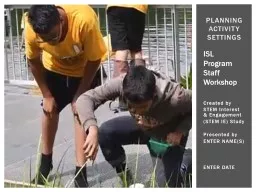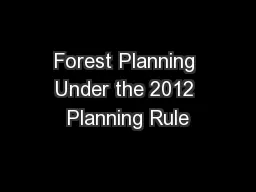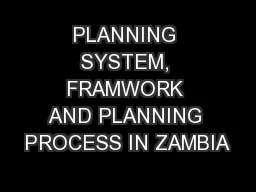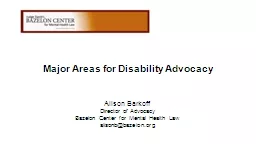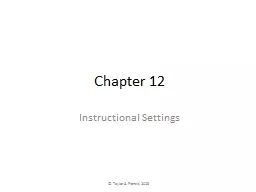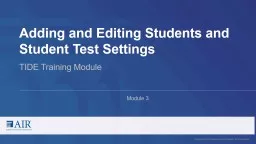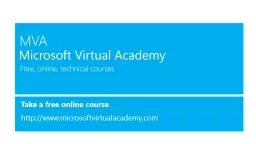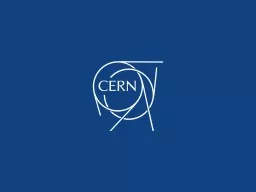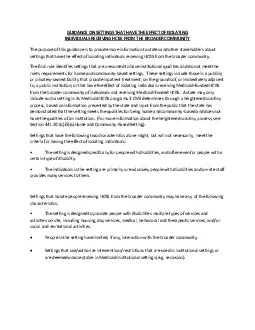PPT-Planning Activity Settings
Author : clustik | Published Date : 2020-06-19
Created by STEM Interest amp Engagement STEM IE Study Presented by ENTER NAMES ENTER DATE ISL Program Staff Worksh op Purpose Share what we learned about the role
Presentation Embed Code
Download Presentation
Download Presentation The PPT/PDF document "Planning Activity Settings" is the property of its rightful owner. Permission is granted to download and print the materials on this website for personal, non-commercial use only, and to display it on your personal computer provided you do not modify the materials and that you retain all copyright notices contained in the materials. By downloading content from our website, you accept the terms of this agreement.
Planning Activity Settings: Transcript
Download Rules Of Document
"Planning Activity Settings"The content belongs to its owner. You may download and print it for personal use, without modification, and keep all copyright notices. By downloading, you agree to these terms.
Related Documents

